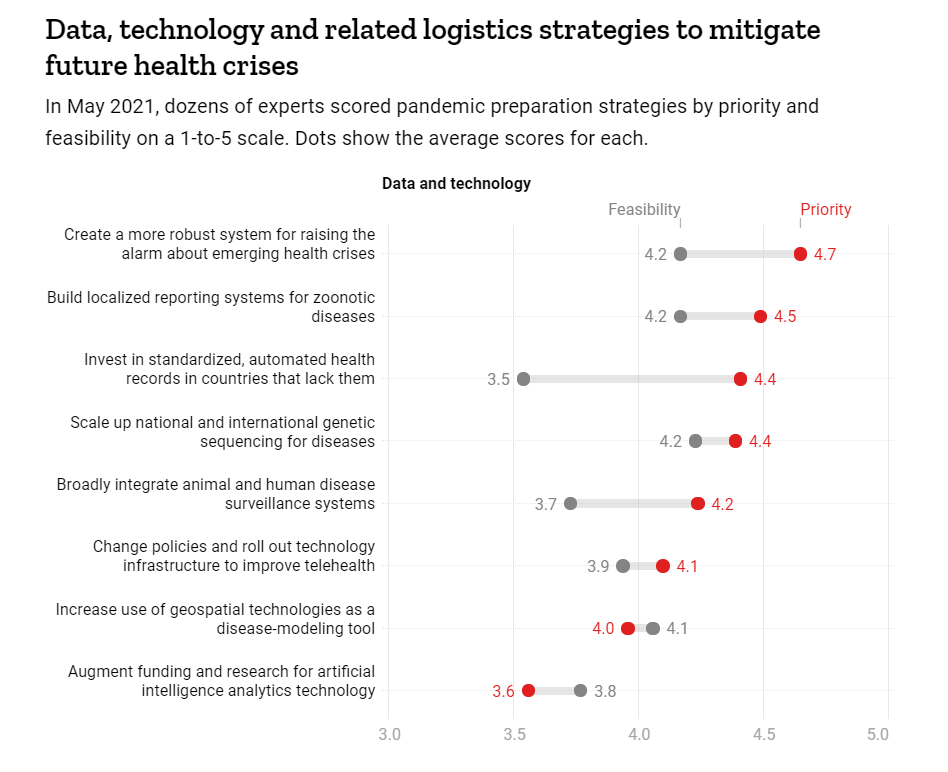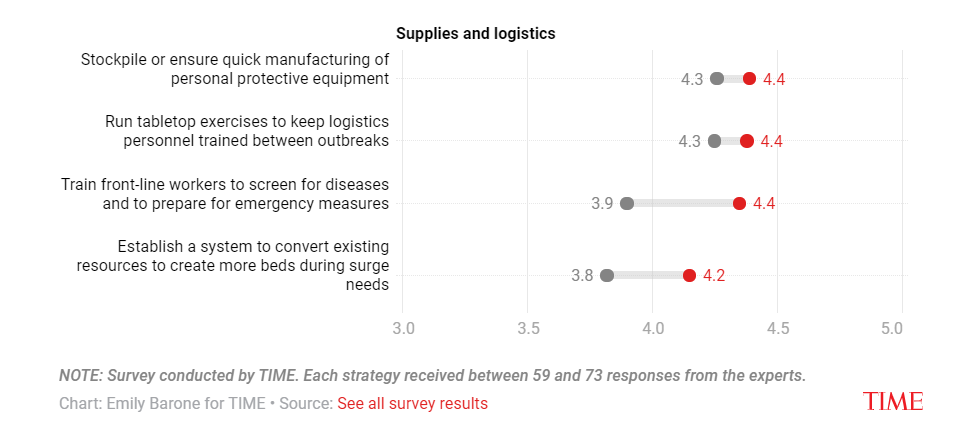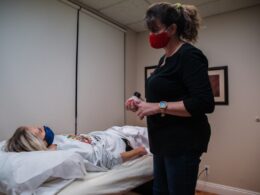Julie Louise Gerberding, is an American infectious disease expert who was the first woman to serve as the director of the U.S. Centers for Disease Control and Prevention (CDC). She is currently the executive vice president for strategic communications, global public policy & population health and the chief patient officer at Merck
TIME
BY DR. JULIE GERBERDING
JUNE 9, 2021 8:15 PM EDT
Series: A BLUEPRINT FOR PREVENTING ANOTHER PANDEMIC
“Canary in the coalmine”
In the early 20th century, Scottish physician John Scott Haldane figured out why coal miners were suffocating on the job. Haldane undertook a series of experiments where he, himself, breathed several types of poison gas, and concluded that carbon monoxide was the culprit.
He devised an early detection system whereby coal miners brought small animals-mice or canaries-down into the mines with them. These animals show symptoms of carbon monoxide poisoning before gas levels are too dangerous for workers, allowing them to evacuate in time.
The system is, of course, no longer in broad use, but it has had a lasting impression on the English language: “canary in the coalmine” is still synonymous with early threat detection-and the notion is quite relevant as we prepare for the next global health threat.
A robust system for detecting emerging infections on a global basis
Experts agree that a robust system for detecting emerging infections on a global basis is now technologically feasible, if we figure out
- coordinated planning and
- appropriate investment in modern data analytics and
- molecular diagnostics.
The Global Health Security Agenda, a coalition of 70 member countries along with international, non-governmental, and private sector partners, has already made important progress toward such a network, though much more must be done.
Likewise, the U.S. Centers for Disease Control and Prevention has initiated modernization efforts to strengthen its health data systems with new hubs integrating geospatial, demographic, political, and health information to improve threat detection and response capabilities-but still needs the long-term investment commitment that is essential to success.
Data, technology and related logistics strategies to mitigate future health crises

Emergency response capabilities
Improvements in emergency response capabilities are also critical. The COVID-19 pandemic has demonstrated many areas where the response fell short.
Perhaps the most glaring is the challenge we faced in rapidly expanding our hospital care capacity to accommodate the dramatic increase in the number of patients requiring hospitalization.

Moving forward, we need to
- ensure adequate stockpiling of personal protection equipment, medicines, ventilators, and other critical equipment, as well as
- diagnostic tests sufficient to meet surge demands.
- We also need to secure reliable manufacturing supply chains.
- In addition, we must expand our public health frontline-the personnel who investigate outbreaks, trace contacts, coordinate testing, issue local guidance, and provide trustworthy local communications.
Improve threat prediction and preemption
In addition to detection and response preparedness, we need to move further upstream and improve threat prediction and preemption.
Prediction science is in its infancy, and most efforts have focused on the complex intersection of humans, animals, and the ecosystem-which makes sense, given that the majority of new infectious diseases are introduced from animal sources.
Greater cross-disciplinary research collaboration is necessary to understand how and where human and animal behavior, geospatial factors, pathogen evolution, and climate change contribute to spillover of infections from animals to humans.
Understanding the “hot spots” where these events are more likely could focus surveillance efforts and perhaps even suggest interventions to reduce the chance of spillover.
The unprecedented speed with which medicines and vaccines were deployed to combat SARS-CoV-2 is breathtaking. But imagine if these countermeasures were developed even before the pandemic arrived.
Fortunately, that possibility is becoming a reality.
Preemption-attacking a new threat before it has a chance to cause a local outbreak or spread widely-is the new frontier of preparedness.
Already, the Coalition for Epidemic Preparedness Innovations has invested hundreds of millions of dollars in vaccine and antiviral medicines research that targets the most worrisome known categories of infectious diseases.
With sustained investments in these efforts, “just in case” vaccines and medicines could already be on hand to contain a threat at its source, before it creates an outbreak or pandemic.
Conclusion
We will always need “coal-mine canaries” to detect new threats but we can and must do more.
- Investing in the research needed to improve prediction of emerging infectious diseases,
- inventing preemptive medicines and vaccines before a threat actually emerges, and
- modernizing our public health and healthcare response systems
will help achieve the global health security we all need.
Originally published at https://time.com on June 9, 2021.












